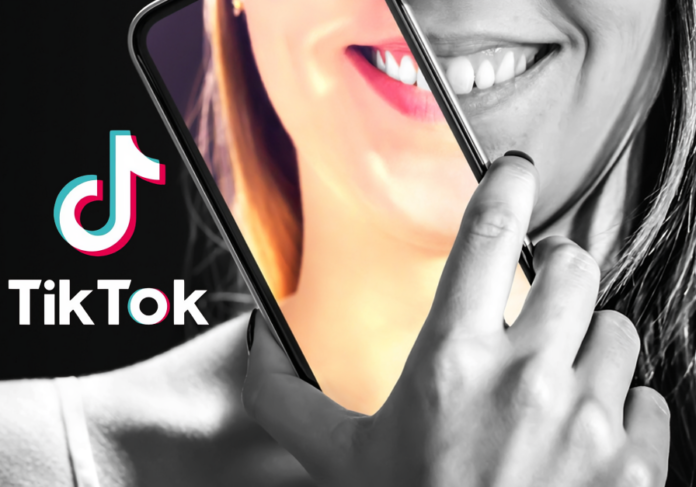The TikTok Beauty Filter Ban for underage users is a transformative step by the social media giant, aiming to foster a healthier and more inclusive environment. This policy, which restricts users under 18 from accessing beauty filters, is designed to combat the rising mental health issues associated with unrealistic beauty standards. The move reflects TikTok’s growing responsibility in promoting well-being among its younger audience.
Understanding the TikTok Beauty Filter Ban
The TikTok Beauty Filter Ban prohibits users under the age of 18 from using augmented reality filters that significantly modify their appearance. Filters that enhance skin texture, reshape facial features, or apply exaggerated makeup are no longer accessible to this age group. This initiative intends to reduce the psychological pressure teenagers face to conform to idealized standards perpetuated online.
Why the Ban Was Introduced

Rising Mental Health Concerns Among Teenagers
Beauty filters, though entertaining, have been linked to heightened mental health challenges among adolescents. These filters often set unattainable beauty goals, leading to issues like:
Body Dysmorphia: Many teenagers become overly critical of their natural appearance, believing they fall short of the altered images they see online.
Low Self-Esteem: A constant comparison with unrealistic images erodes confidence and promotes dissatisfaction.
Combating Unrealistic Beauty Ideals
Social media platforms, including TikTok, have been criticized for normalizing unattainable beauty standards. By banning beauty filters for under-18 users, TikTok is signaling a shift toward promoting natural beauty and authenticity.
How the Ban Supports Mental Health
Encouraging Authenticity
The TikTok Beauty Filter Ban pushes young users to showcase their unfiltered selves, promoting genuine content over artificial perfection. This fosters self-acceptance and helps dismantle the stigma around natural appearances.
Promoting Digital Well-being
This initiative aligns with TikTok’s broader focus on user welfare. Alongside this ban, the platform has introduced several safety features:
Time Management Tools: Helping young users limit excessive screen time.
Content Moderation: Ensuring a safer browsing experience for teenagers.
Restricted Messaging: Limiting interactions with strangers for minors.
Collaboration with Mental Health Experts
TikTok collaborated with mental health professionals to design and implement this policy. By leveraging expert advice, the platform ensures its initiatives are impactful. Additionally, TikTok plans to introduce educational resources, offering guidance to users struggling with body image and self-esteem.
Challenges and Public Reception
Creative Freedom vs. Responsible Use
Critics of the TikTok Beauty Filter Ban argue that it could stifle creativity and limit self-expression. Filters, when used responsibly, can be a tool for art and fun. However, the emphasis on safeguarding mental health outweighs these concerns, especially for vulnerable audiences.
Calls for Wider Adoption
This policy has sparked discussions about whether other platforms like Instagram and Snapchat should adopt similar measures. TikTok’s leadership in this area could influence industry-wide changes, setting a standard for digital responsibility.
Broader Implications for Social Media
A New Era of Transparency
The TikTok Beauty Filter Ban represents a step toward creating transparent and honest online interactions. It encourages users to value their individuality and reject the toxic pressures of curated perfection.
2. Influencing Global Digital Policies
As TikTok takes the lead, other platforms may follow suit by prioritizing mental health. This could herald a new era where social media companies actively work to create positive digital environments.
Parental Role in Supporting the Ban
Parents and guardians have a vital role in reinforcing TikTok’s initiatives. Educating children about the dangers of beauty filters and encouraging healthy self-image are key steps. Additionally, fostering open conversations about social media pressures can help teenagers navigate these challenges effectively.
The TikTok Beauty Filter Ban for users under 18 is a progressive move aimed at tackling the mental health challenges posed by unrealistic beauty standards. By prioritizing authenticity and fostering a positive digital experience, TikTok sets an example for social media platforms worldwide. This initiative not only protects young minds but also underscores the growing need for digital responsibility in an era dominated by virtual interactions.


